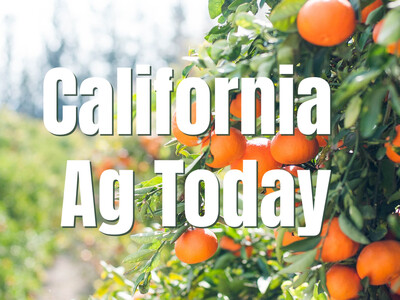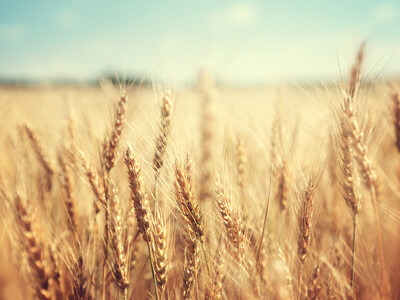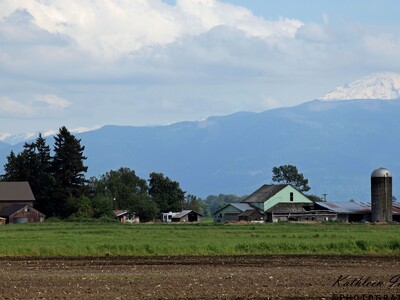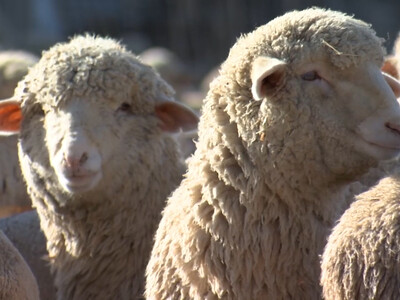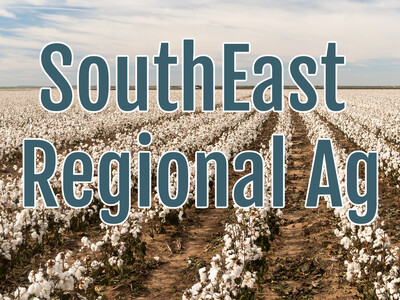12-12 IAN Spud Rotation
I had a discussion with UI Extension Economist Paul Patterson about the 2012 potato crop and how it had been flat for growers. Essentially, there were too many potatoes compared to demand and so it was not a particularly lucrative market. That led me to ask Paul a strategic question for producers. “Does a potato grower ever say to himself you know it has been flat, I didn’t do so well in 2012, I’ll tell you who is doing well, the corn people, can they rotate into corn instead of potatoes? Every farm is in a rotation. There are a few crops that you can grow continuously, maybe wheat and corn, but even those have limitations and you start running into disease problems but a crop like potatoes, the longer you rotate between potato crops, the better off you are. It helps break the disease cycles and a number of other things. Typically the rotations in Idaho, some growers are on two-year rotations which is a very short rotation, but most growers are on a 3 to 4 year rotation in terms of how frequently they grow potatoes on the ground. So growers could increase the spacing between potato crops as a way to reduce the supply which helps everybody because it is a higher price for the potatoes that are grown when that happens. But for the last five or six years it has been sort of an exception, there were very few alternative crops that growers could produce that would allow them to make the potential money that they could with potatoes or even sugar beets… Some of the higher value row crops.






